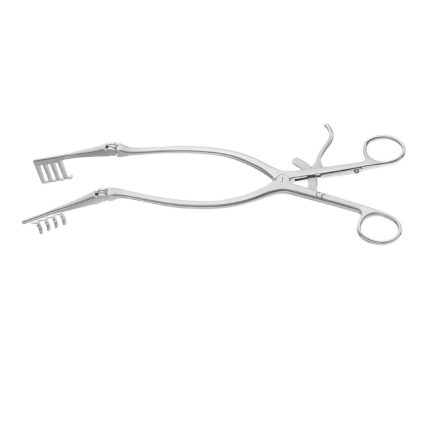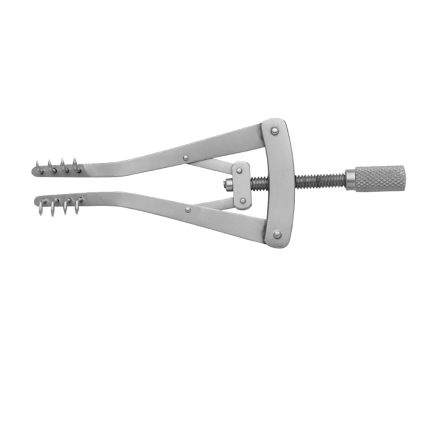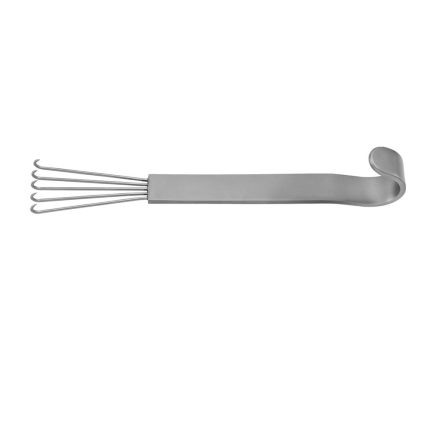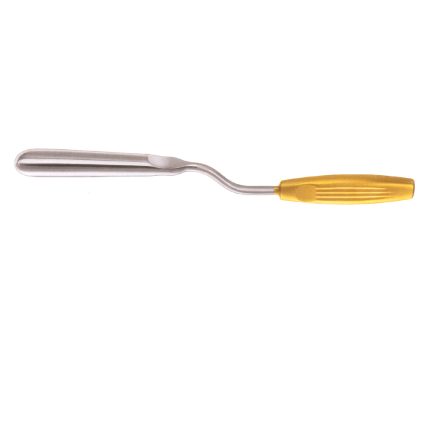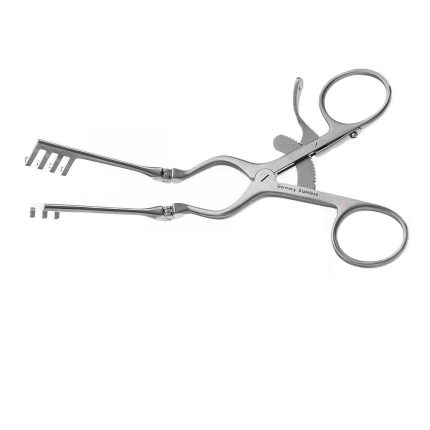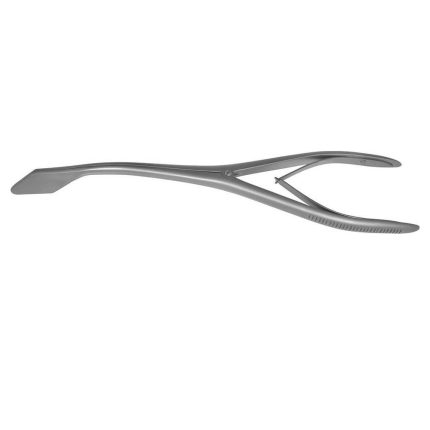ADMIRE SURGICAL ’s Retractors and dissectors are essential surgical instruments used in various medical procedures to facilitate access, visualization, and manipulation of tissues and organs. These instruments play crucial roles in ensuring a surgeon’s ability to perform a safe and effective surgery. Let’s explore these instruments in more detail:
Retractors:
Retractors are surgical instruments designed to hold back tissues, muscles, or organs, thereby creating a clear and unobstructed surgical field for the surgeon to work in. Here are some common types of retractors:
- Hand-Held Retractors: These retractors are manually operated by the surgical team, providing the surgeon with direct control. Examples include Richardson retractors, Army-Navy retractors, and Deaver retractors.
- Self-Retaining Retractors: These retractors can be locked into place, allowing the surgical team to maintain exposure without continuous manual effort. Some popular self-retaining retractors include Weitlaner retractors, Bookwalter retractors, and Gelpi retractors.
- Rib Spreaders: These specialized retractors are used in thoracic surgeries to separate the ribs and create access to the chest cavity. They are critical in procedures like open-heart surgery.
- Abdominal Retractors: Abdominal procedures often require specialized retractors, such as the Balfour retractor, to hold the abdominal wall open and maintain a clear view of internal organs.
Dissectors:
Dissectors are surgical instruments used to separate, cut, or manipulate tissues during surgical procedures. They come in various forms to accommodate the specific needs of a surgical task. Here are some common types of dissectors:
- Scalpel: While primarily used for making incisions, the scalpel can also be considered a type of dissector when used to carefully separate tissues.
- Metzenbaum Scissors: These delicate scissors are designed for precise dissection of delicate tissues, such as blood vessels and nerves.
- Mayo Scissors: Mayo scissors are heavier-duty scissors that can be used for cutting and dissecting tougher tissues, like fascia and muscle.
- Tissue Forceps: Tissue forceps, like Adson forceps or Debakey forceps, are used to grasp and manipulate tissues, allowing for controlled dissection.
Adson Self Retaining Retractor
- Hooked Prongs For Better Grip
- Sharp/Blunt Edges For Appropriate Dissection
- Ergonomic Finger Ring Handles For Superior Control
Agris-Dingman Breast Dissector
Alm Wound Spreader
- 4 x 4 Prongs Ensuring Large Wound Spreading.
- Straight Arms for Enhanced Surgical Sightlines.
- Compound Action Joint for Smooth Retraction Movements.
Anderson Bear Claw Retractor
- Five Long & Sharp Prongs For Pulling Back Wide Slices Of Tissue
- Versatile Double-Ended Design For Enhanced Surgical Control
- Ergonomic Central Flat Handle For Superior Manipulation
Angulated Breast Dissector
Atraumatic Breast Dissector
Aufricht Nasal Retractor
- Atraumatic Blunt Edges to Avoid Mucosal Damage.
- Multiple Blade Sizes for Passing into Every nostril.
- Ergonomic Hollow Handle Ensuring Superior Control.
Aufricht Nasal Retractor – With Hooks
- Large Handle For Controlled Grips.
- Slender Shaft For Easy Visual Access.
- Premium Grade Materials For Reliable Service.
Beckman Weitlaner Retractor 3×4 Prongs
- Hooked Prongs For Better Grip
- Sharp/Blunt Edges For Appropriate Dissection
- Ergonomic Finger Ring Handles For Superior Control
Breast And Facial Spreader
- Ergonomic Finger Ring Handles For Superior Control
- Straight Arms for Enhanced Surgical Sightlines.
- Compound Action Joint for Smooth Retraction Movements.
Breast Spatula – Semi Malleable
- Straight Blade Available in Two Sizes For Retracting Different Tissues.
- Smooth Working Surface For Avoiding Local Damage.
- Ergonomic Hollow Handle For Maximum Control.
Collin Retractor Set of 2 Blade
- Wireframe Fenestrated Structure For Enhanced Vision.
- Double Ended Design For Reliable Retractions.
- L-Shaped Blades For Holding Multiple Tissue Layers.

